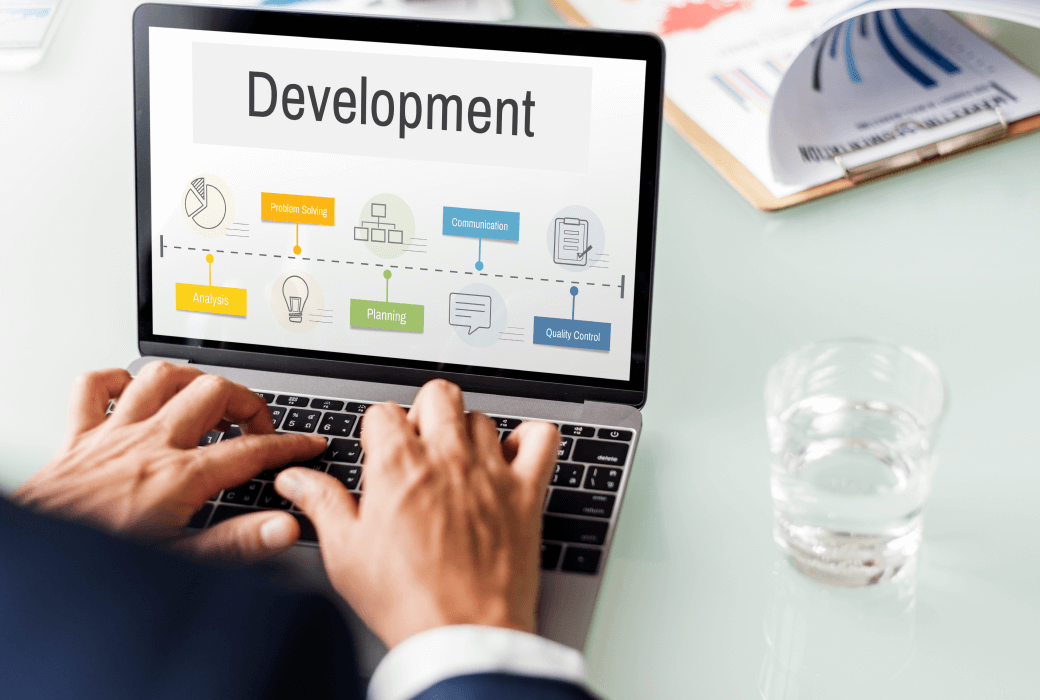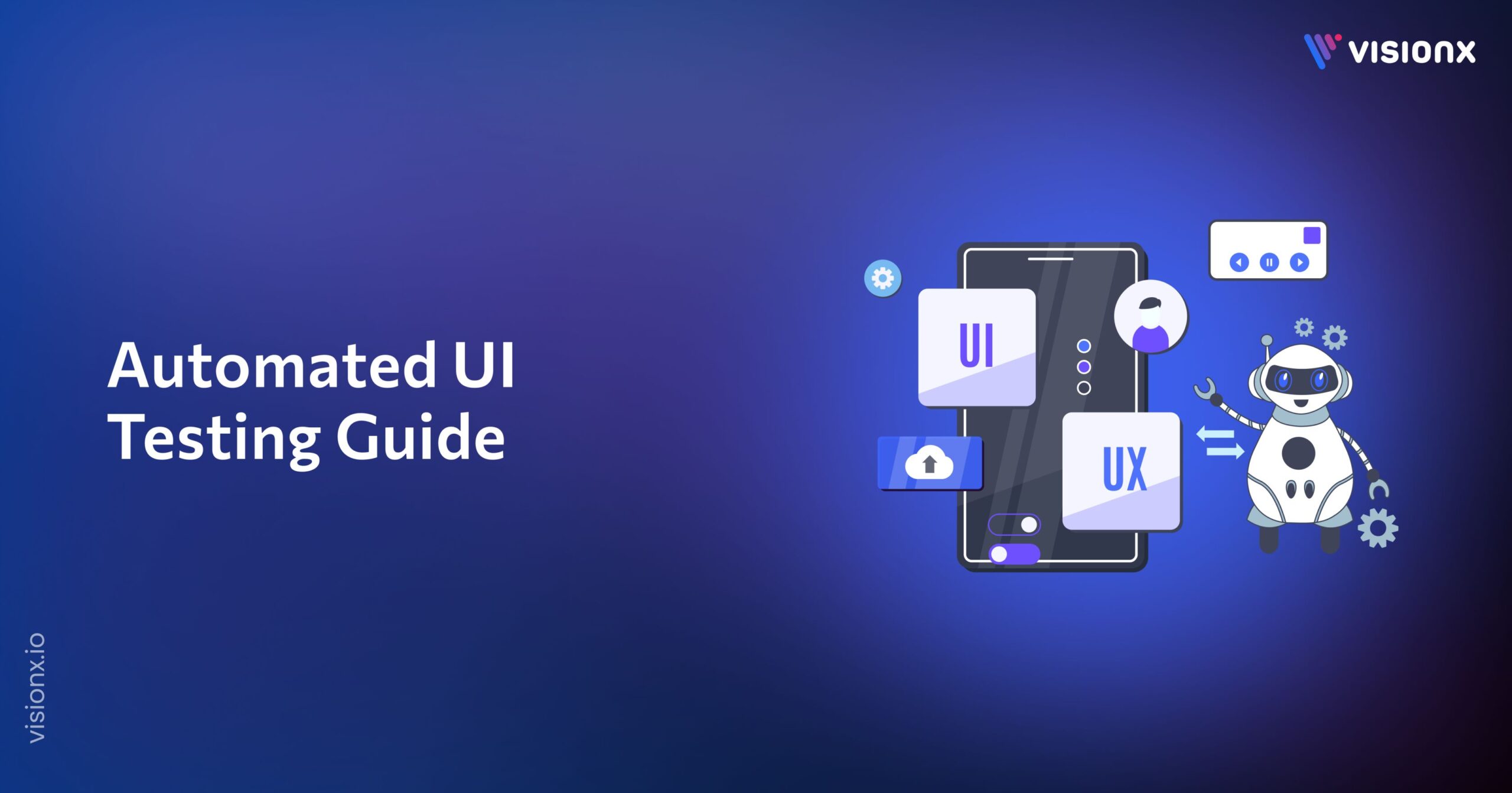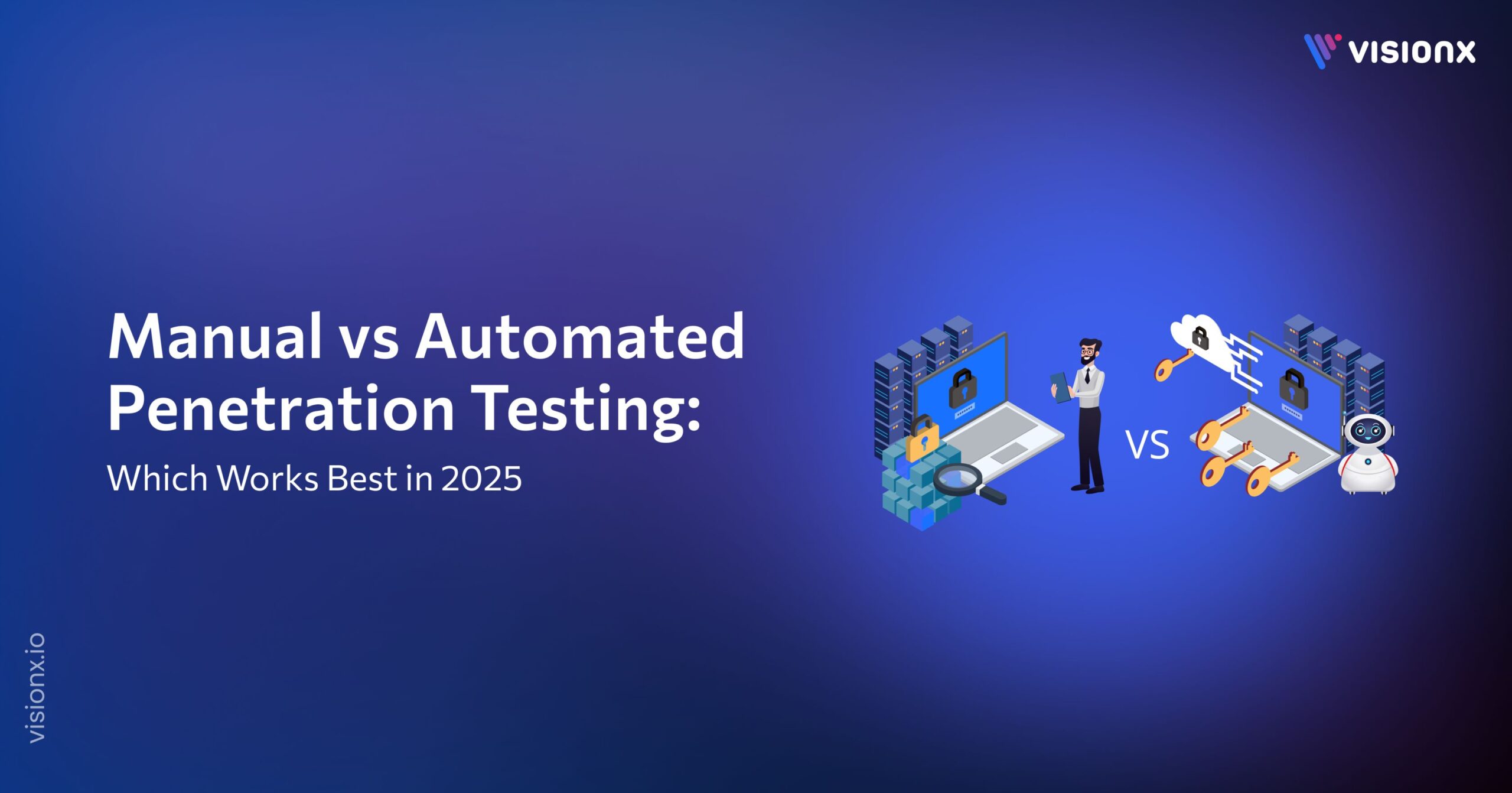Application development is all about turning ideas into workable software. It means the step-by-step journey from the first spark of an idea to launching the final product and keeping it running smoothly. With digital transformation upending the current business landscape, it’s very important that companies understand this process if they want to deliver awesome apps on time and without blowing the budget.
This blog will inform you about application development, the difference between the application and software development processes, and the important steps, such as planning and designing, coding, testing, and launching. We will discuss the project scope and team dynamics that influence how the project goes. We’d also look at why process matters in development.
Of course, scope creep and communication hiccups are part of the ride. We will share some best practices for collaborating, using agile methods, and keeping feedback flowing. At the end of this blog, you should be ready to embark on your application development journey!
What is Application Development?
Application development involves planning, designing, testing, and implementing software applications that respond to certain user needs. It ranges from simple applications to complex systems used in all organizations. Depending on the scope of the project, there are approaches in application development, such as agile, waterfall, and DevOps methodologies.
An effective application development process will make it possible for teams to work effectively and minimize errors that could arise in producing reliable and user-friendly applications.
Application Development Process vs Software Development Process
The application development process focuses on creating specific applications with tailored functionality to satisfy user or business needs. It emphasizes designing, developing, and deploying applications on various mobile, web, or desktop platforms.
The software development process is a more holistic approach, covering the entire lifecycle of creating any kind of software system, from gathering requirements to maintenance. It covers the development of all types of software, such as applications, and generally involves much more extensive phases such as system architecture, integration, and testing at scale.
Key Steps of the Application Development Process
The following are the key steps in the application development process;
- Planning and Requirements Gathering
- Design
- Development
- Testing
- Deployment
- Maintenance and Support
- Evaluation and Iteration
1. Planning and Requirements Gathering:
It is the initial stage of application development, where the purpose of a project is defined, and requirements are gathered to find out what users need. All the details of the requirements are gathered during stakeholder meetings, surveys, and research. This develops a comprehensive project plan describing scope, timeline, budget, and resource allocation.
2. Design:
During the Design phase, wireframes and prototypes are created to outline how the application would look and behave. Designers will make sure that the UI is intuitive and that the UX is user-friendly while setting technical specifications like architecture, technology stack, and integration with other systems.
3. Development:
Once the design is agreed upon, development begins. According to the design and technical specifications, developers begin coding using best practices to maintain scalable code. Version control systems are also utilized to manage changes in code and collaborate with the development team.
4. Testing:
Once developed, the application will undergo the testing phase to ensure it works as designed. This would comprise unit testing, integration testing, and UAT to help determine and correct bugs and to see if the product operates in a manner consistent with the original requirements. Performance tests were done to test app performance for speed, scalability, and reliability under different loads.
5. Deployment:
The application is then deployed after testing. Here, the application is prepared for release in a production environment. The deployment is done along with a detailed release plan that makes the app accessible to users. Close monitoring is also required to address any immediate issues and ensure a smooth transition.
6. Maintenance and Support:
In Maintenance and Support, post-launch issues or bugs that arise for users are dealt with, and corrective action is taken. Further, new features, improvements, or security patches are included in regular versions. User feedback is incorporated into future improvements to make the application relevant and user-centric.
7. Evaluation and Iteration:
Finally, evaluation and iteration check the application’s performance against its original objectives and gather user feedback to see where improvements can be made. Data and insights help develop updates and new versions to meet users’ dynamic needs and changing business requirements.
7 Factors That Influence How Application Development Is Done
The following parameters determine the outcome and deliverability of an application developed through the following processes;
-
Complexity and Project Scope:
Complex requirements with numerous feature requirements demand much more human and time inputs. Planning here becomes very critical.
-
Budget and Timeline:
Money and timeline determine the development speed for including features within a project, often prioritizing primary features.
-
Technology Stack:
The technology stack, or “app stack,” is the set of languages, frameworks, and tools selected to build an application. It is crucial to select the right technology stack that allows performance, scalability, and compatibility.
-
Team Structure and Expertise:
Especially with specialized projects, the skills and experience of the development team influence the quality and speed of development.
-
User Needs and Market Demand:
The applications should be user-centered, meet the specific needs of the users, and stay on the right track regarding market trends.
-
Compliance and Security Requirements:
Compliance with industry standards and security regulations is a massive deal for user trust and conformity to the law.
-
Post-launch support and Scalability:
Applications must be designed and built to scale and flex as needs expand after release.
Benefits of a Well-Defined Application Development Process
Some benefits associated with a defined application development process include;
Better efficiency:
A structured approach can smoothen task processes, eliminate error-prone issues, and optimize resource utilization to speed up the process and minimize costs.
Product quality increases:
The various defined stages plus iterative testing bring in much better quality applications and have fewer bugs, which contribute to higher reliability and, thus, user satisfaction.
Easier communication:
Documented processes facilitate collaboration between development, design, and business teams in developing plans and expectations.
Faster Time-to-Market:
An organized development process has more rapid turnaround times, allowing businesses to respond quickly to the market’s demands and competition.
Improved User Experience:
The process results in user-friendly applications that are more aligned with the target audience’s expectations through user needs and continuous improvement.
Adaptability to Changes:
A well-defined process with iterative stages makes it easier to incorporate feedback and adapt to changing requirements.
Challenges of the Application Development Process
These are some of the most challenging aspects of the development of applications:
Fast-evolving Technology:
Keeping abreast of current tools, frameworks, and platforms will slow development and, if not done in a timely manner, make it less relevant.
Scalability and Performance:
It is challenging to ensure that the application can handle growth in the number of users, amount of data, and functional additions without a loss of performance, and this requires strategic planning upfront.
Resource Constraints:
This happens when the budget is thin, time-to-market is low, or developers are insufficient. Under these conditions, the quality and speed of development become drastically affected.
Security and Compliance:
Very often, in health and finance-related industries, security standards need to be met and compliance followed. This aspect of development entails significant risk and scope for regulatory issues if it’s not handled correctly.
Complex User Requirements:
The needs of heterogeneous user groups and stakeholders make it difficult to maintain the design’s user-friendliness, so it involves a lot of complications and iteration.
Best Practices For an Effective Application Development Process
Define Clear Objectives:
Defining project goals and user needs from the beginning guides the development team. It becomes easier to set priorities, allocate resources appropriately, and align the final product with business expectations.
Adopt Agile Methodologies:
Agile methodologies are adopted by the teams that work in iterations and re-evaluate and change more frequently. This ensures the flexibility that developers can always adapt to changing requirements or include feedback from users within the life cycle of a project.
Prioritize Testing:
Testing has to be included in every development phase. The bugs and issues caught are early, and the teams reduce the overall time spent on development while improving the quality and reliability of the application.
Focus on user experience:
Design is always user-centric to produce applications that are intuitive and fun to use. Applications undergo usability testing and feedback to meet the target audience’s needs and preferences.
Emphasize Security:
By following security best practices from day one, sensitive data will be protected, and user trust will not be affected. Code audits and vulnerability assessments help minimize risk and ensure compliance with all industry regulations.
Final Thoughts
The application development process is necessary to develop functional, reliable, and scalable software. Understanding the stages, knowing which factors influence these stages, and using the best practices will help teams overcome the challenges and build applications that meet the user’s needs and market demands.
A well-defined application development process not only guarantees success in deployment but also becomes a foundation for further enhancement and expansion. It’s because of this that the application development process is regarded as one of the critical areas of modern software development.
Application Development With VisionX
At VisionX, we specialize in custom web application development that meets your business requirements. Our team is focused on creating scalable, secure, and user-friendly applications to reflect your vision well.
We apply industry-standard best practices and cutting-edge technology to ensure better performance and maintainability of these applications. From ideation to deployment and support, we help you through every step so that your final product meets what you need and evolves with your business over time.


